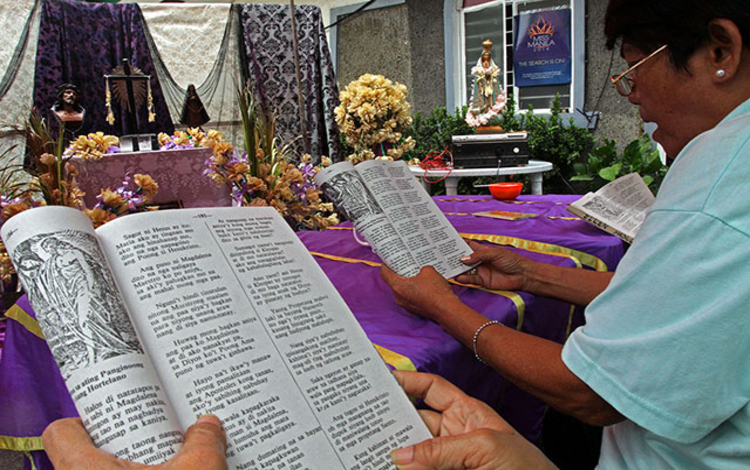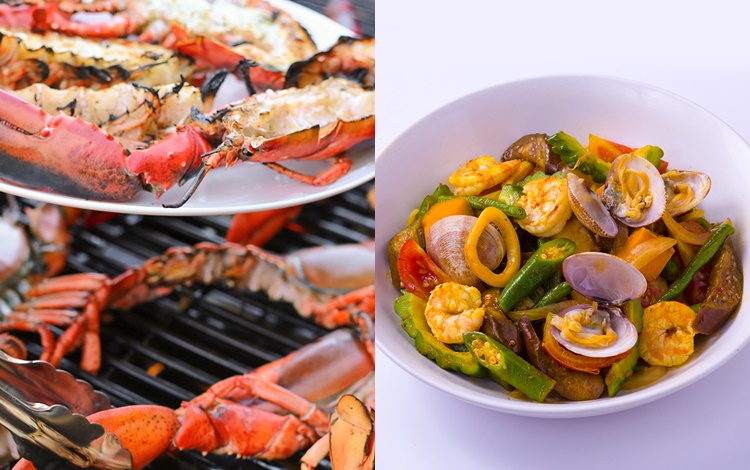In the Philippines, Holy Week is a time of reflection, penance, and spiritual renewal for millions of Catholics. During this solemn period, which spans from Palm Sunday to Easter Sunday, many Filipino families observe traditions that include fasting, abstinence from meat, and participation in religious rituals. Central to these customs are the foods consumed during Holy Week, which not only reflect religious significance but also embody cultural heritage and culinary richness.

One of the most iconic dishes enjoyed during Holy Week in the Philippines is “binignit” or “ginataang halo-halo.” This warm and hearty dessert soup is made with a medley of sweet potatoes, taro root, bananas, tapioca pearls, and jackfruit cooked in coconut milk. It is often served on Good Friday, providing nourishment and comfort after a day of fasting and reflection.
Another popular Holy Week dish is “pancit lug lug” or “pancit palabok,” a type of rice noodle dish topped with a flavorful sauce made from shrimp, ground pork, and annatto seeds. This dish is traditionally served on Black Saturday, offering a satisfying and indulgent meal before the Easter festivities begin.

For many Filipinos, Holy Week is also a time to enjoy seafood dishes, as abstaining from meat is a common practice during this period. Grilled or fried fish, shrimp, squid, and shellfish are often featured prominently on the dining table, providing a delicious alternative to meat-based meals.
In addition to seafood, vegetables play a significant role in Filipino Holy Week cuisine. Dishes such as “pinakbet,” a vegetable stew made with squash, eggplant, okra, and bitter melon, are enjoyed for their simplicity and healthfulness. These dishes not only satisfy hunger but also symbolize purity and simplicity during a time of spiritual reflection.
For those who prefer something lighter, fruits are also abundant during Holy Week. Mangoes, pineapple, papaya, and watermelon are commonly served as snacks or desserts, providing a refreshing and nutritious option for those observing the dietary restrictions of the season.
Throughout Holy Week, Filipino families also engage in the tradition of “pabasa,” the chanting or singing of religious texts such as the Passion of Christ. To sustain participants during these lengthy sessions, snacks like “suman” (rice cakes wrapped in banana leaves) and “bibingka” (rice cake cooked in clay pots) are often prepared, providing sustenance and energy during moments of prayer and devotion.

In essence, the foods consumed during Holy Week in the Philippines are not just meals but expressions of faith, culture, and community. Whether enjoying a bowl of binignit with loved ones or savoring a plate of pancit luglug after a day of fasting, these culinary traditions serve to nourish both the body and the soul, fostering a deeper connection to one’s spirituality and heritage.
